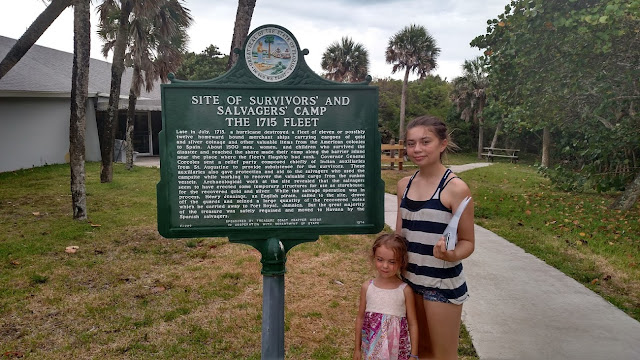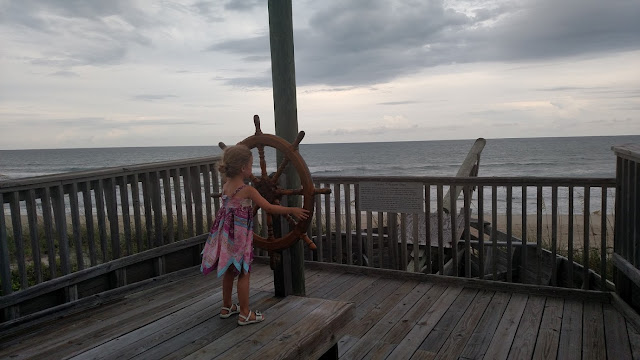Eleven of 12 ships in a fleet sailing along the coast of Florida sank in a 1715 hurricane. Around 1500 survivors struggled to shore, their ships and cargo at the bottom of the ocean. Tragic, but it was what those ships were carrying that have fed lore for generations since.
During the 1500s, 1600s, and 1700s, the Spanish were digging vast quantities of silver and gold from Mexico and South America, then smelting it into ingots and coins and sending the riches across the Atlantic in wooden ships. Treasures of the New World were gathered, and Oriental rarities were collected from across the Pacific.
Each year, ships that had been gathering riches gathered in Cuba with a year's worth of loot and made the perilous journey north along Florida's east coast, then back to Europe. Spain used warships and forts to protect the ships from pirates, but they were no match for Mother Nature.
The survivors established a shelter, but many died of exposure and exhaustion. Within weeks, help came from the Spanish establishment in St. Augustine to the north, and workers came from Havana to begin the salvage effort. According to signs at the museum, the Spanish forced Indian slaves and hired experienced divers to retrieve the treasures from the bottom of the ocean.
The four years following the hurricane were a flurry of official and unofficial salvaging operations, along with pirates of various nationalities searching for - and stealing from each other - treasure. In the end, less than half the items listed on the ships' manifests could be extracted from the sand and silt and returned to Spain.
It would be 1928 before the wreckage of one of the ships, the Urca de Lima, was found. By strange fate, it would be another hurricane in the 1950s that would reveal additional archaeological spots. A second ship, El Capitana, was found, and by the mid-60s, modern findings would include silver pieces of eight, gold doubloons, silver and gold bars and plates, pearls, jewelry, rare Chinese porcelain, and countless everyday items used by passengers.
Centuries after the wreck, treasure hunters are still finding millions of dollars worth of riches at the site, and most of the ships remain hidden in the deep. Among those rumored to still be missing is the ship carrying the dowry meant for the Queen of Spain
You don't have to be a diver to get lucky here, either - beach combers with metal detectors have been known to find jewelry, coins, china and more along the shore. For this reason, this area is known as the "Treasure Coast."
The McLarty Treasure Museum is located on the National Historic Landmark site that marks the 1715 Spanish Plate Fleet Survivors and Salvaging Camp. For a $2 admission per adult, you can browse a small collection of items that have been salvaged from the wrecks, view a video about the efforts, and step out onto the observation deck to look out over the ocean and imagine what lies beneath.
To feed the budding treasure hunter or learn more, check out "Pieces of Eight" by Kip Wagner. Why not grab an inexpensive metal detector and visit the nearby beach for a little hunting of your own?

 Wednesday, June 03, 2015
Wednesday, June 03, 2015
 Crysta Parkinson @ Well Worn Suitcase
Crysta Parkinson @ Well Worn Suitcase



 Posted in
Posted in


What an interesting site! Did you find anything washed up?!
ReplyDeleteWe didn't, but we didn't spend much time on the beach, either. There were thunderstorms off and on, so the indoor museum worked well for us!
DeleteI very much like a museum where there is the old coins. I advise you to go there. I liked it so much that I started to collect coins. I also want to recommend this website http://coinschecker.com/ . With it, you can learn many new and interesting.
ReplyDelete